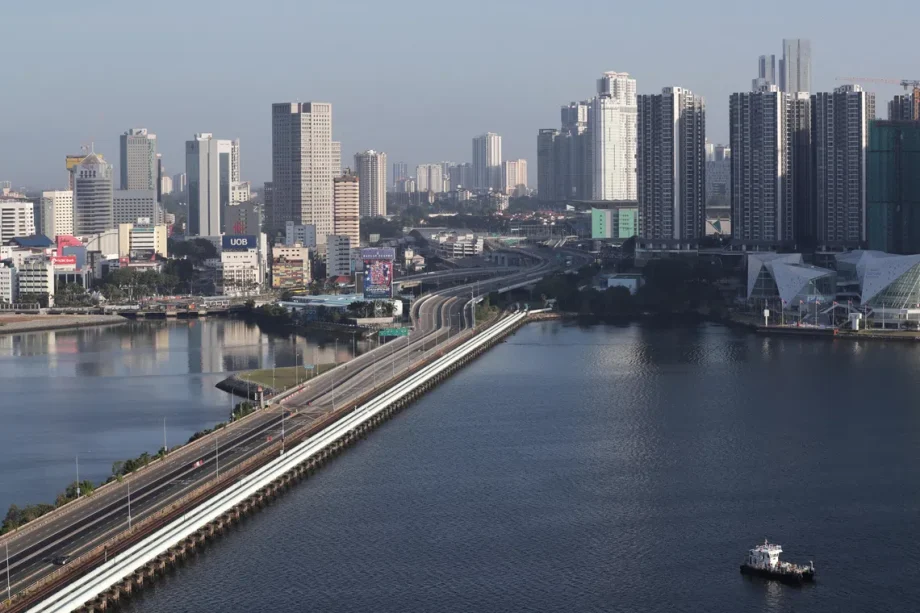JOHOR BAHRU/SINGAPORE – When Malaysian tour executive Loo Yong Tat converted a portion of his monthly Singapore salary to Malaysian ringgit recently, he felt shortchanged.
For most of 2024, Mr Loo’s remittance of $2,000 was worth around RM6,800 after conversion, and could cover his family’s home expenses in Kulai, Johor, and support his elderly father and a brother.
With the ringgit trading at around 3.20 against the Singapore dollar as at Nov 18, he now loses around RM400 when converting the same amount.
Like Mr Loo, Malaysians working in Singapore who were polled by The Straits Times say they are feeling the “loss” from the appreciating ringgit even more now. However, this is still not enough to deter them from working in the Republic.
“I’m not much affected, since I have worked in Singapore since 2009,” Mr Loo told ST.
“At that time, the exchange rate was only $1 to RM2.40. So now, even 1:3 to me is good enough.”
ringgit’s recent strong performance
has raised questions about whether those who cross the Causeway in search of higher wages will now stop doing so, and head home to work instead.
Workers and industry observers on both sides of the Causeway told ST that it is still too early to tell.
In a post on the Malaysia-Singapore Border Crossers Facebook group, some users have pointed out that the current conversion rate for the two South-east Asian currencies is still among the highest in decades.
“I’ve felt what it was like when it was 2.25, 2.44 between 2000 and 2010,” said Facebook user Shahril Umf. “Only after 2020, we started seeing the rate reach up to 3.00.”
Singapore has the largest Malaysian diaspora community. A total of 1.13 million out of 1.86 million Malaysians who have migrated overseas are residing in Singapore as at 2022.
The migration trend has yet to abate among Malaysians, as the cost of living in Johor Bahru remains relatively high.






